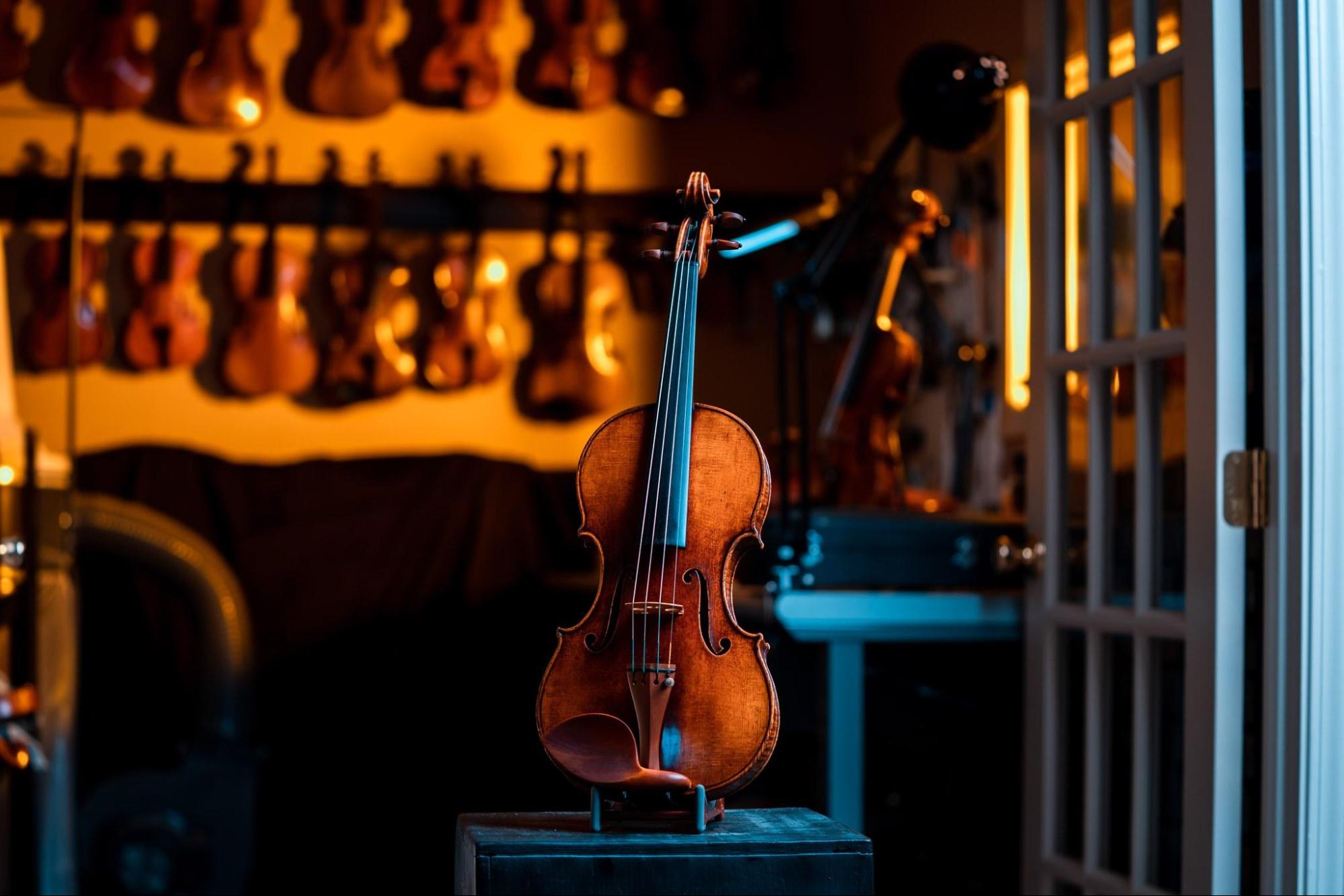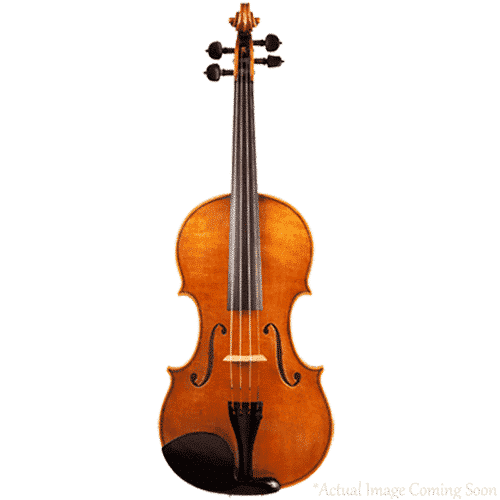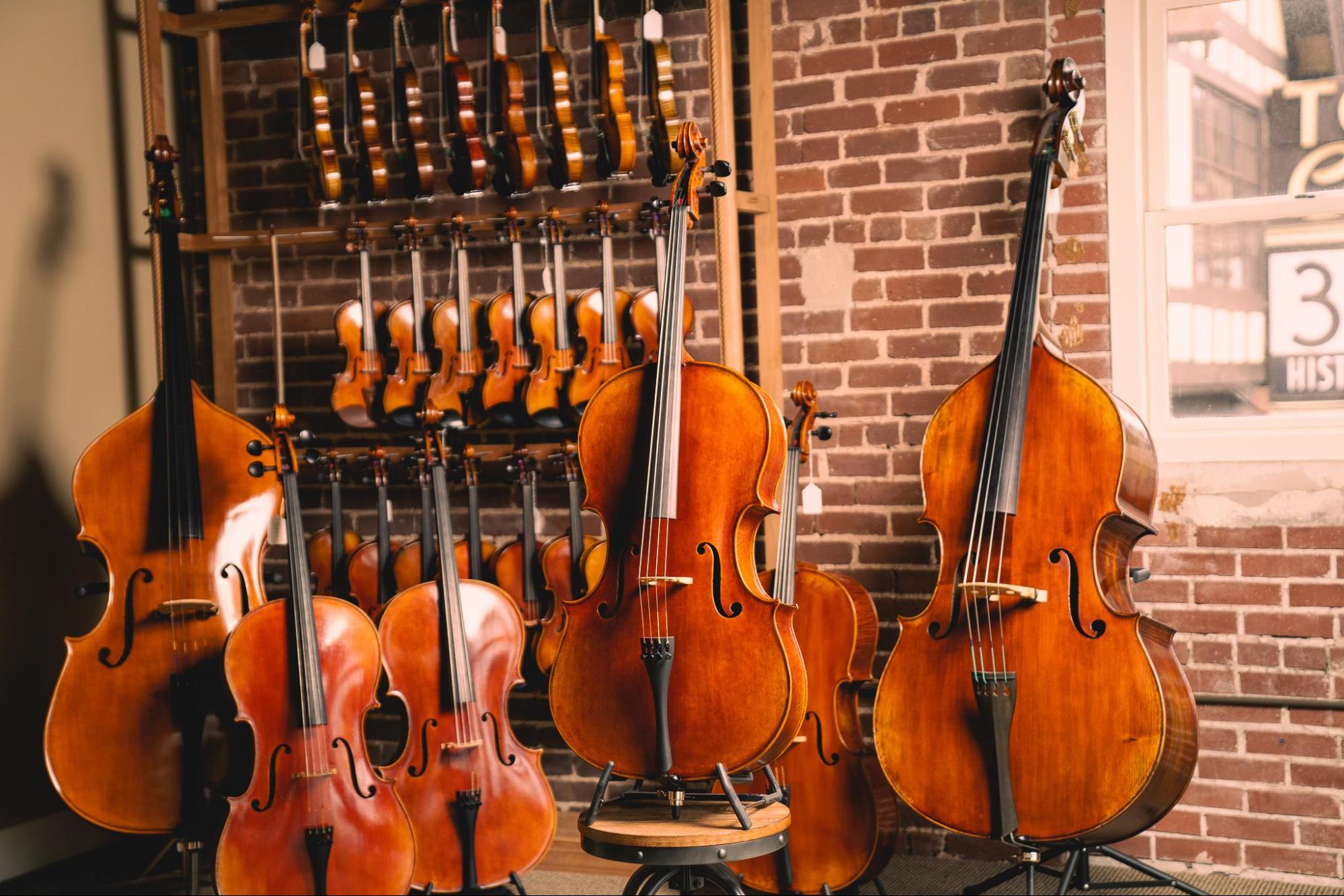Introduction: Exploring the Distinctions
When it comes to music, the world is filled with a diverse range of instruments, each with its unique characteristics and cultural significance. Among these, the violin and the fiddle stand out as two closely related yet distinct members of the stringed instrument family. Let’s discern “the difference between fiddle and violin.”
What is a Fiddle?
In music, the term “fiddle” often conjures up images of lively hoedowns, country barn dances, and spirited folk music gatherings. But what exactly is a fiddle, and how does it differ from its close relative, the violin?
At its core, a fiddle is a bowed string instrument, much like a violin. What sets it apart is its unique role in various folk music traditions across the globe. Fiddles have a rich and diverse history, with variations in different cultures, each contributing to the instrument’s distinct character.
One key characteristic of the fiddle is its versatility. While the violin primarily finds its place in classical music, the fiddle takes on a more eclectic role. It is the driving force behind Appalachian bluegrass, Cajun zydeco, Irish jigs, and Scottish reels, just a few genres.
Fiddlers are known for their energetic and often improvisational playing style. They use techniques like double stops, slides, and drones to infuse their music with a lively and rhythmic quality. Fiddles typically have a flatter bridge and a setup that simultaneously allows for the more effortless playing of multiple strings, enhancing their suitability for folk and country styles.
What is a Violin?

The violin, often called the “queen of instruments,” is a remarkable and versatile musical instrument with a rich history spanning centuries, which you can find at any violin shop in Atlanta. Its elegant design, expressive capabilities, and classical heritage have made it an integral part of orchestras and chamber ensembles worldwide.
At its core, a violin is a stringed instrument that produces beautiful and melodic sounds when played with a bow. It consists of four strings, typically tuned to G, D, A, and E, and a slender, hollow body made from fine tonewoods such as spruce and maple. The violin’s design resonates and amplifies the strings’ vibrations, resulting in its distinctive and captivating sound.
The history of the violin can be traced back to the early Renaissance period, with its modern form emerging in the 16th century in Italy. Legendary violin makers like Antonio Stradivari and Guarneri del Gesù crafted instruments now prized for their exceptional craftsmanship and tonal qualities.
The violin’s music is not limited to the classical realm; it also spans various genres, including jazz, folk, and contemporary music. Its ability to convey a wide range of emotions makes it a favored choice for musicians seeking to express their creativity.
Historical Origins and Evolution
The history of the violin and the fiddle is a tale of cultural diversity and musical evolution. To understand the differences between these instruments, exploring their historical origins is essential.
Violin: The violin, as we know it today, evolved from various stringed instruments prevalent in Europe during the Medieval and Renaissance periods. By the early 16th century, skilled Italian luthiers like Andrea Amati and Gasparo da Salò began crafting violins in a shape and design that closely resembles the modern violin. These early Italian violins laid the foundation for the instrument’s classical form, which reached its zenith with renowned makers like Antonio Stradivari and Giuseppe Guarneri.
Fiddle: The term “fiddle” is often associated with folk music traditions, particularly in Celtic, American, and other folk genres. The fiddle shares its ancestry with the violin; in many cases, they are essentially the same instrument. The critical difference lies in the playing style, repertoire, and cultural context. In folk music, the term “fiddle” emphasizes the instrument’s use in folk and country styles, where musicians play it with a unique technique that includes more ornamentation, slurs, and improvisation.
But what’s the “difference between violin and fiddle?” The violin and fiddle coexisted as time passed, with each instrument contributing to the rich tapestry of musical traditions. The violin excelled in classical settings, while the fiddle became a central figure in folk, bluegrass, country, and other genres. Understanding the historical roots of these instruments helps us appreciate their shared heritage and distinct roles in music, reflecting the diversity and adaptability of musical traditions.
Physical Differences
What is the difference between a violin and a fiddle, you ask? While the violin and the fiddle may share a common ancestry, distinct physical differences set them apart. Let’s delve into the critical variations in their construction and setup:
- Neck Shape:
- Violin: The neck of a violin typically features a flatter and more refined curve designed to facilitate precise fingering for classical music.
- Fiddle: In contrast, the fiddle’s neck often has a slightly flatter profile, making it comfortable for players to execute slides, bends, and ornaments characteristic of folk and country music.
- Bridge and String Setup:
- Violin: Violins generally have a lower bridge and a finer setup, allowing for precise and resonant notes suited to classical compositions.
- Fiddle: Fiddles may have a slightly higher bridge and strings with looser tension, promoting double stops, drones, and expressive techniques prominent in folk and country genres.
- Tailpiece and Fine Tuners:
- Violin: Classical violins often feature a tailpiece without built-in fine tuners. Tuning adjustments are primarily made using the pegs.
- Fiddle: Fiddles commonly have a tailpiece with integrated fine tuners, making it easier for musicians to quickly and precisely adjust the pitch, ideal for folk music’s spontaneous and dynamic nature.
- Sound Post Position:
- Violin: The strategically placed sound post inside a violin optimizes resonance and projection for classical compositions.
- Fiddle: Fiddles may have a sound post placement that enhances volume and brightness, aligning with the demands of folk music.
- Materials and Aesthetics:
- Violin: Violins are often crafted with premium tonewoods and exhibit a refined, polished finish.
- Fiddle: Fiddles may prioritize function over aesthetics, with a more utilitarian appearance. Manufacturers craft them from various woods, sometimes with a more straightforward finish.
Playing Differences

The distinctions between playing the violin and playing the fiddle extend beyond just the instrument itself. These differences are crucial in defining the unique characteristics of each musical style:
- Bowing Technique:
- Violin: Violinists employ precise and controlled bowing techniques to produce a smooth and even tone, emphasizing classical techniques like legato and staccato.
- Fiddle: Fiddlers often use a more aggressive bowing style, emphasizing syncopation, double stops, and bowing patterns that create a lively and rhythmic sound.
- Finger Placement:
- Violin: Violinists meticulously place their fingers on the fingerboard, adhering to precise fingerings indicated in sheet music for classical compositions.
- Fiddle: Fiddlers may rely more on ear and muscle memory, using their fingers to explore the instrument’s fingerboard for slides, ornaments, and embellishments.
- Vibrato and Trills:
- Violin: Vibrato and trills are standard ornamentation techniques in classical violin, executed with controlled and consistent finger movements.
- Fiddle: Fiddlers may employ vibrato and trills with a more accessible and less structured approach, adding expressiveness and spontaneity to their playing.
- Musical Expression:
- Violin: Classical violin music often demands precise interpretation of dynamics, tempo, and articulation as indicated in sheet music.
- Fiddle: Fiddlers often rely on their own interpretation, improvisation, and personal expression, embracing the spontaneity of folk and country genres.
- Genre-Specific Techniques:
- Violin: Classical violinists focus on mastering complex techniques like spiccato, sul tasto, and harmonics for specific classical compositions.
- Fiddle: Fiddlers excel in chopping, slurring, and bowing patterns unique to folk and country music.
- Playing in Bands vs. Orchestras:
- Violin: Violinists often play in orchestras, where precise synchronization and adherence to sheet music are crucial.
- Fiddle: Fiddlers frequently play in bands or ensembles with more flexibility for improvisation and interaction with other musicians.
Fiddle Vs. Violin Music
The distinction between a fiddle and a violin is perhaps most evident in the music they are associated with:
Fiddle Music: Fiddle music is deeply rooted in folk traditions, with styles varying across regions and cultures. Fiddlers often play lively tunes for dancing, including jigs, reels, waltzes, and hornpipes. Their music embodies the spirit of community gatherings, barn dances, and celebrations. Fiddle music is known for its improvisational nature, allowing players to add personal flair and creativity to each performance.
Violin Music: The violin is synonymous with classical music, featuring prominently in symphonies, concertos, sonatas, and chamber music. Classical violinists dedicate years to mastering compositions by legendary composers like Bach, Mozart, and Beethoven. Classical music focuses on precision, interpretation of written scores, and adherence to established performance traditions.
Strings and Tuners
Strings and tuners are pivotal in defining the difference between a fiddle and a violin.
Fiddle Strings: Fiddlers often prefer steel or synthetic core strings. These strings provide a brighter and more resonant sound, well-suited for folk and country music. The tuning pegs on a fiddle are notably friction pegs, which make quick adjustments easier during spirited performances.
Violin Strings: Classical violinists typically use gut or synthetic core strings, which produce a warm and nuanced tone ideal for classical compositions. Violins have fine tuners – small mechanical devices that make precise tuning adjustments smoother and more convenient. These fine tuners are crucial for maintaining the accurate intonation required in classical music.
Sounds and Aesthetic Values
The distinction between a fiddle and a violin extends beyond just the instrument’s sound. It’s also about the aesthetics and how they complement the music.
Fiddle Aesthetics: Fiddles often have a rustic, genuine appearance. They may have more straightforward, less ornate tailpieces and chin rests. The focus is on functionality and durability, suited for the lively performances of folk and country musicians.
Violin Aesthetics: Violins, on the other hand, are known for their refined craftsmanship. They feature beautifully varnished wood and intricate detailing. Decorative tailpieces and chin rests are common, reflecting the classical music tradition’s emphasis on aesthetics and precision.
Conclusion: Embracing Musical Diversity
In the debate of fiddle vs. violin, it’s essential to recognize the rich tapestry of musical expression. Whether you prefer the classical elegance of a violin or the spirited charm of a fiddle, both instruments contribute to the world of music in their unique ways.
At Ronald Sachs Violins, we celebrate this diversity. We offer a wide range of violins, fiddles, and violin rentals, catering to musicians of all genres. Whatever your musical journey entails, remember that both the fiddle and the violin have their place, and the beauty of music lies in its diverse forms. Discover your musical path with us and explore the world of strings today.
